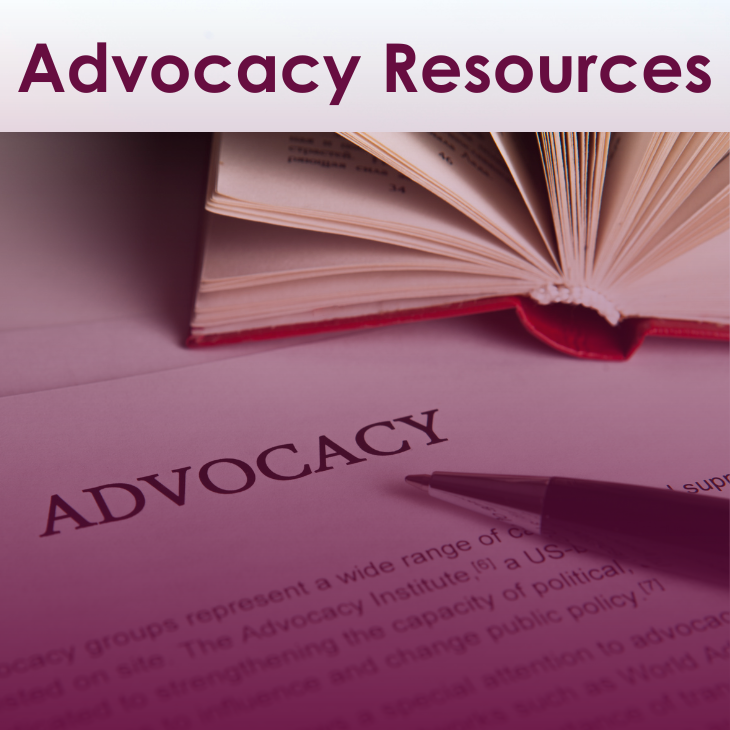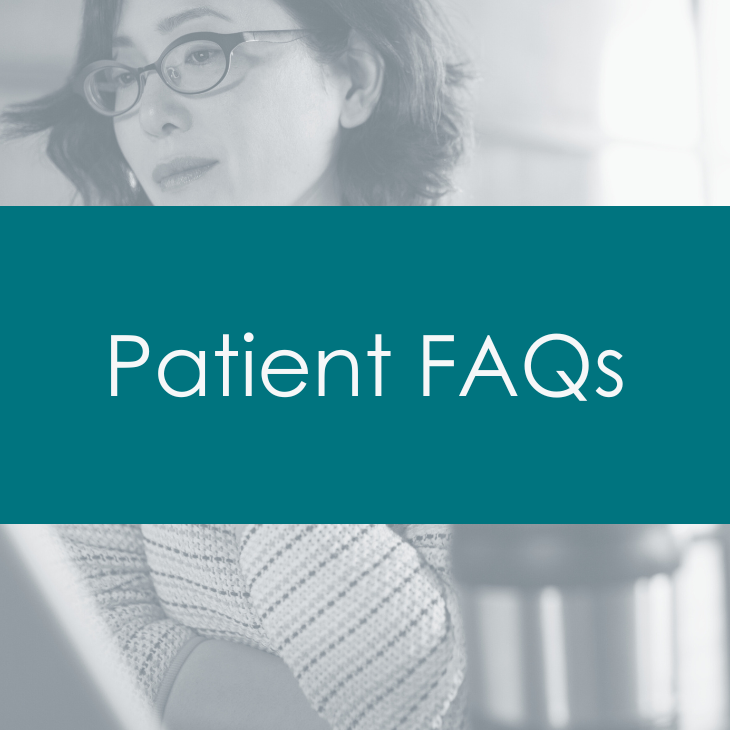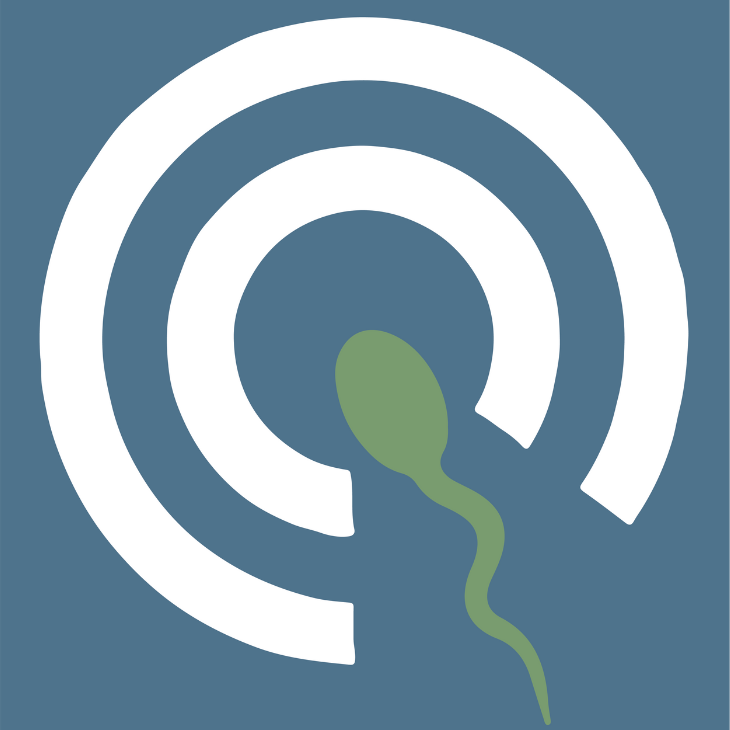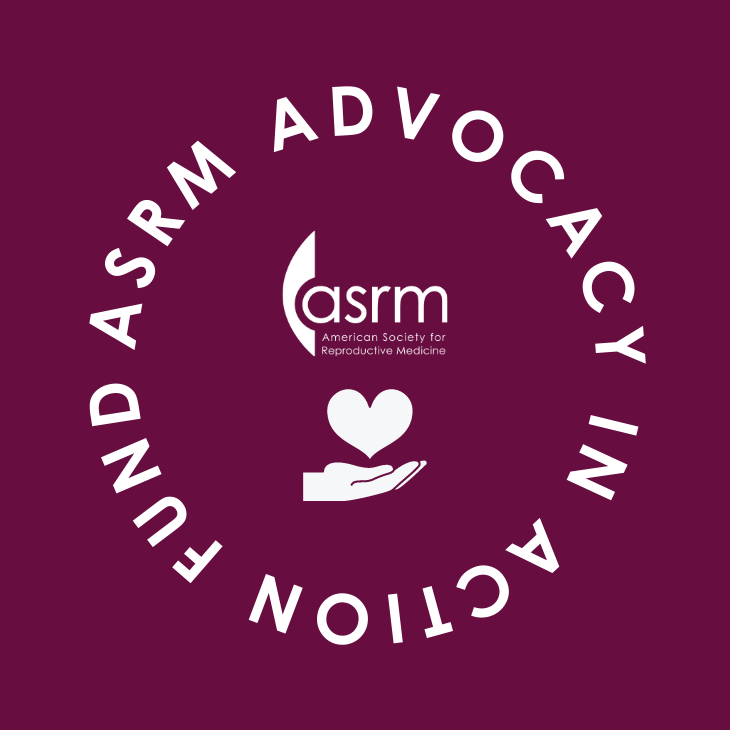
Follow the Science: An Evidence-Based, Science-Driven Response to Infertility
Introduction
Promoted by certain advocacy groups and aligned policymakers as an “alternative approach,” Restorative Reproductive Medicine (RRM) is often framed as groundbreaking holistic and ethical innovation. In fact, the methodologies promoted under RRM are drawn from legitimate medical practices but have been selectively repackaged and distorted by political ideology. This cherry-picking approach can delay access to proven care, prolong suffering, and increase financial and emotional burdens without improving outcomes.
Included below is a science-based, medically sound flowchart for evaluating and treating infertility. It reflects clinical guidelines from leading professional organizations including the American Society for Reproductive Medicine (ASRM), the American College of Obstetricians and Gynecologists (ACOG), and the National Institutes of Health (NIH). Each step is grounded in peer-reviewed research and best practices, offering patients a clear, effective, and efficient path forward.
I. Patient presents with infertility concerns
This typically includes couples or individuals who have been trying to conceive for 12 months (or six months if the woman is over age 35) without success.(1)
II. Obtain detailed medical, reproductive and family history
Examples of common components of a comprehensive fertility workup: Review menstrual cycle regularity, history of pelvic infections or surgeries, past pregnancies or miscarriages, use of contraception, and family history of infertility or genetic disorders.(2)
III. Conduct physical exam and basic fertility workup
This routinely includes hormone tests which may include FSH, LH, estradiol, AMH,, and/or others depending based on the exam and history, transvaginal ultrasound to assess uterine and pelvic anatomy and antral follicle count, hysterosalpingography (HSG) to assess tubal patency, and semen analysis.(3)
IV. Identify potential cause(s) of infertility
Common causes of infertility include ovulatory disorders (e.g., PCOS); tubal factor infertility (e.g., blocked fallopian tubes); male factor infertility (e.g., low sperm count or motility); endometriosis; and unexplained infertility (testing yields no identifiable cause).(4)
V. Consider evidence-based interventions
Treatment options are tailored to the known or suspected cause of infertility and may include lifestyle changes (e.g., weight loss, smoking cessation); ovulation induction; intrauterine insemination (IUI); surgical interventions (e.g., fibroid removal, tubal surgery), or some combination thereof.(4)
VI. Refer to reproductive endocrinologist if needed
Referral to a reproductive endocrinologist (REI) is appropriate for complex cases, advanced reproductive technologies, or when initial treatments are unsuccessful. An REI has three years of additional training in hormone management, surgical treatment of complex reproductive disorders, and advanced reproductive technologies. Therefore, an REI can provide further assessment of the causes and treatments of infertility and can provide advanced diagnostics and treatments like IVF or preimplantation genetic testing (PGT).(5)
VII. Monitor treatment response and adjust as needed
This involves tracking ovulation, adjusting medication doses, evaluating follicular response via ultrasound, and modifying protocols based on individual patient response and the experience of side effects.(6)
VIII. Support emotional, financial, and ethical needs
Infertility can be emotionally and financially taxing. Professionals should ensure patients are aware of psychological counseling, financial planning for treatments, and guidance on ethical issues (e.g., embryo disposition, third-party reproduction).(7)
References
- Practice Committee of the American Society for Reproductive Medicine. (2021). Defi nitions of infertility and recurrent pregnancy loss: A committee opinion. Fertility and Sterility, 116(3), 532-535.
- National Institute for Health and Care Excellence (NICE). (2013). Fertility problems: assessment and treatment. Clinical guideline [CG156].
- Zegers-Hochschild F, et al. (2017). The International Glossary on Infertility and Fertility Care, 2017. Human Reproduction, 32(9), 1786–1801.
- Practice Committee of the American Society for Reproductive Medicine. (2020). Optimizing natural fertility: a committee opinion. Fertility and Sterility, 114(6), 1151–1157.
- American College of Obstetricians and Gynecologists. (2019). Committee Opinion No. 781: Infertility Workup for the Women’s Health Specialist.
- National Institutes of Health. (2022). Infertility Treatment Outcomes in Clinical Practice Settings. NICHD Reports.
- Domar, A. D., et al. (2015). The impact of psychosocial interventions on pregnancy rates in infertile women: a meta-analysis. Human Reproduction Update, 21(6), 736–752.
Find a Health Professional

















